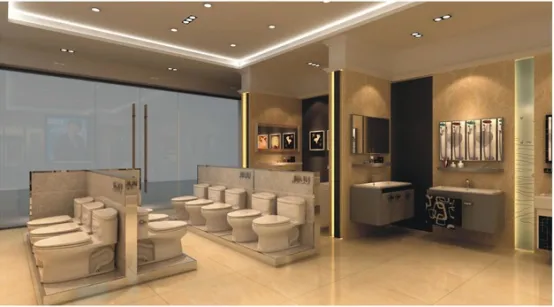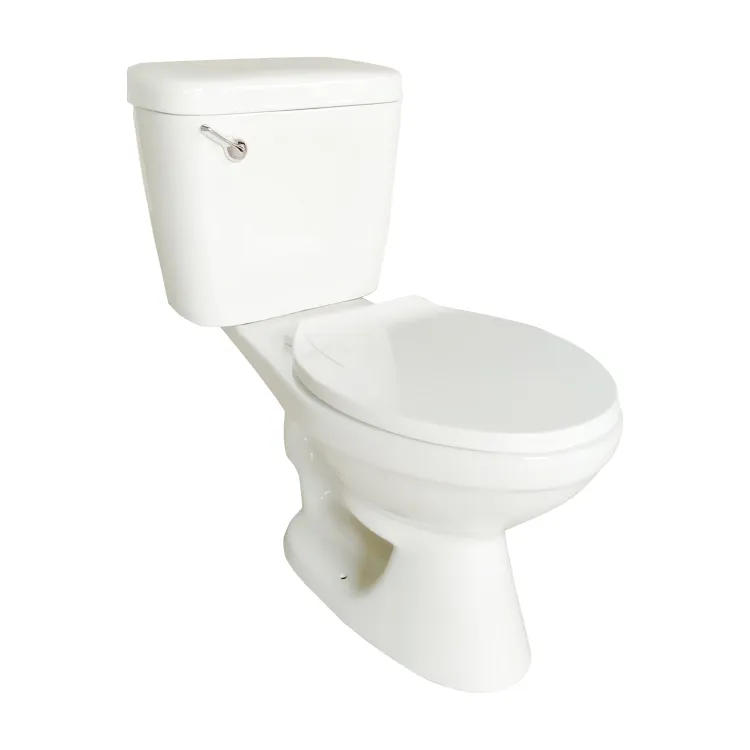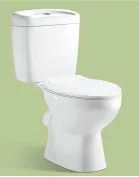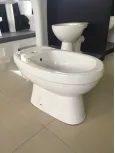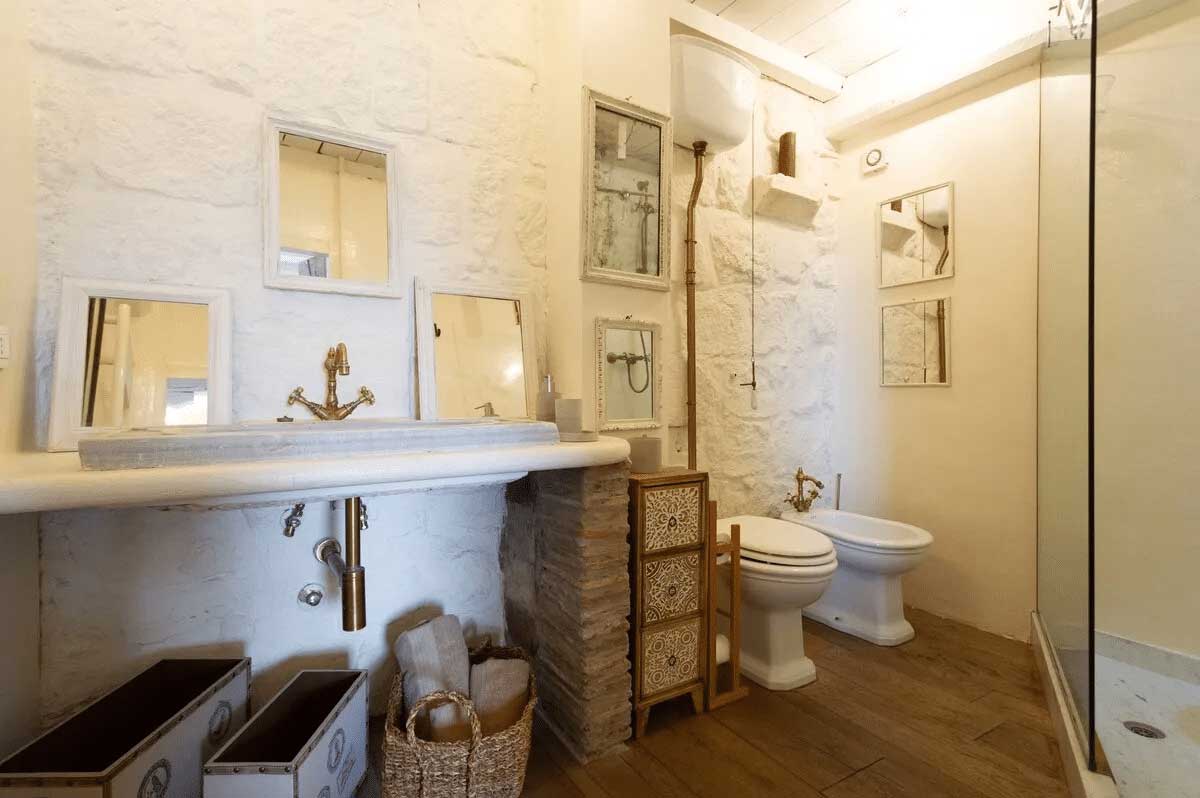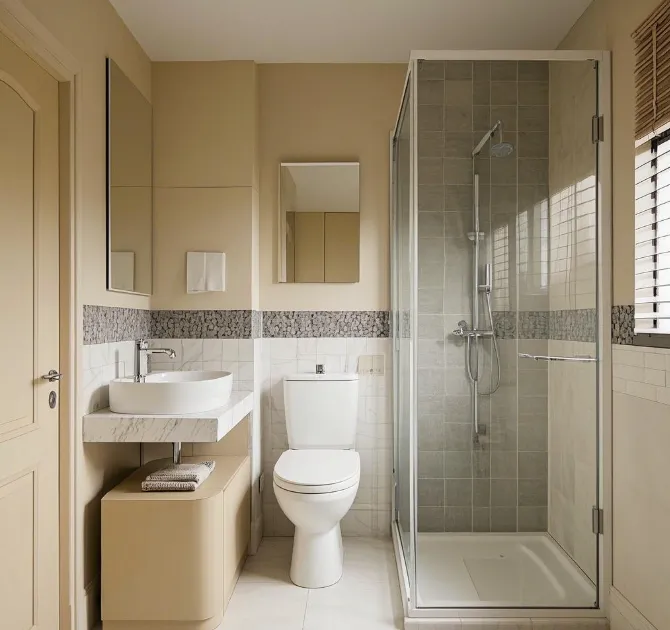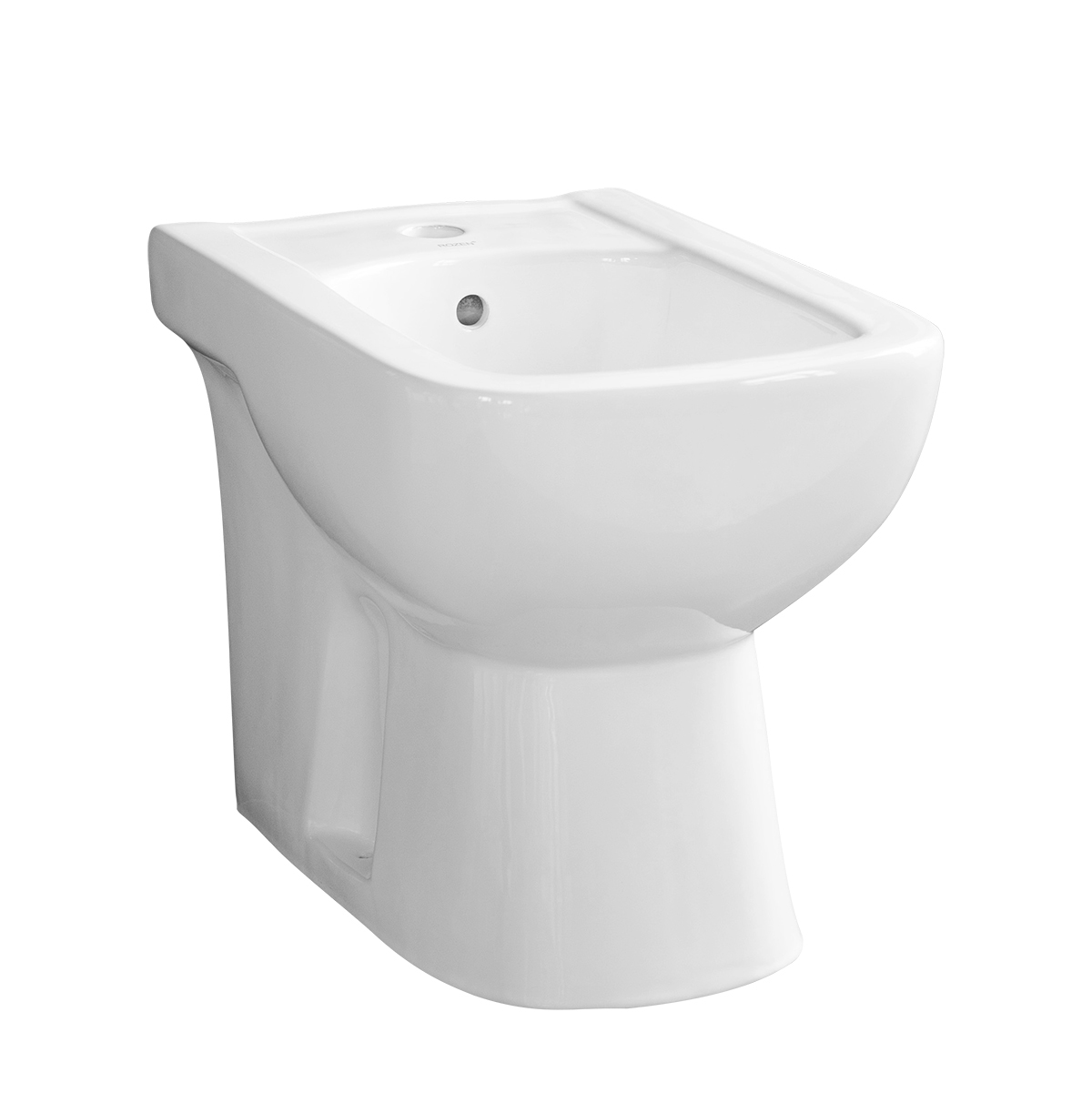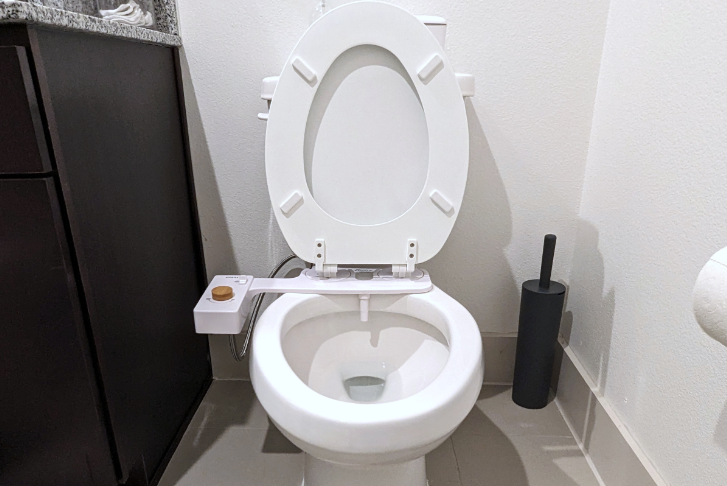Toilets are an essential part of daily life, but their design and functionality can vary significantly depending on where you are in the world. American and European toilets, in particular, have distinct differences in terms of design, flushing mechanisms, water usage, and cultural preferences.
Design and Shape
One of the most noticeable differences between American and European toilets is their design and shape.
American Toilets: American toilets typically feature an elongated bowl shape, which is designed for comfort and ease of use. The elongated shape provides more seating space, making it more accommodating for users of all sizes. Additionally, American toilets often have a higher water level in the bowl, which helps prevent odors and splashing.
European Toilets: European toilets, on the other hand, usually have a rounder bowl shape. This design is more compact, making it ideal for smaller bathrooms, which are common in many European homes and apartments. The water level in European toilets is often lower, which can sometimes lead to more noticeable odors.
Flushing Mechanisms
The flushing mechanisms of American and European toilets also differ significantly.
American Toilets: Most American toilets use a single-flush system, where one lever or button activates a consistent volume of water for every flush. Older models may use up to 6 gallons (22 liters) per flush, while newer, low-flow models use around 1.6 gallons (6 liters). The flushing mechanism in American toilets often relies on a siphon action to remove waste.
European Toilets: European toilets are more likely to feature a dual-flush system, which offers two options: a low-volume flush for liquid waste (around 0.8 to 1.1 gallons or 3 to 4 liters) and a higher-volume flush for solid waste (around 1.6 gallons or 6 liters). This system is designed to conserve water and is a reflection of Europe’s strong emphasis on sustainability. European toilets often use a washdown flushing mechanism, which relies on gravity to remove waste.
Water Usage
Water usage is another key difference between American and European toilets.
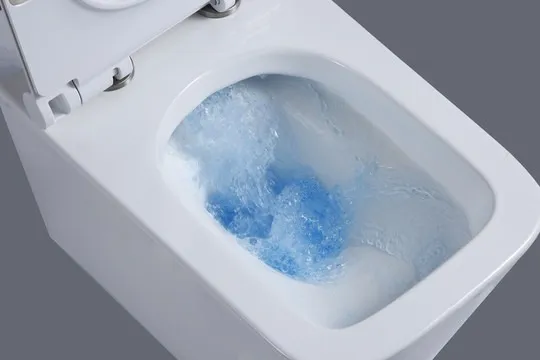
Flushing
American Toilets: While newer American toilets are designed to be more water-efficient, many older models still in use consume a significant amount of water per flush. The average American toilet uses about 1.6 gallons (6 liters) per flush, but some older models can use up to 7 gallons (26 liters).
European Toilets: European toilets are generally more water-efficient, thanks to the widespread adoption of dual-flush systems. The average European toilet uses between 0.8 to 1.6 gallons (3 to 6 liters) per flush, depending on the selected option. This reflects Europe’s focus on environmental sustainability and water conservation.
Bidet Integration
Bidets are a common feature in European bathrooms but are rarely found in American homes.
American Toilets: In the United States, bidets are not widely used, and most bathrooms rely solely on toilet paper for cleaning. However, bidet attachments or standalone bidets are becoming more popular as Americans seek more hygienic and eco-friendly alternatives.
European Toilets: In many European countries, particularly in Southern Europe, bidets are a standard feature in bathrooms. They are used for personal hygiene and are considered more effective and environmentally friendly than toilet paper. Some European toilets even come with built-in bidet functions, offering a seamless combination of cleaning and flushing.
Cultural Preferences
Cultural preferences also play a role in the design and use of toilets in America and Europe.
American Toilets: American toilets are designed with comfort and convenience in mind. The higher water level and elongated bowl shape reflect a preference for functionality and ease of use. Additionally, the lack of bidets in American bathrooms is largely due to cultural norms and a long-standing reliance on toilet paper.
European Toilets: European toilets prioritize efficiency and space-saving design, reflecting the smaller size of many European bathrooms. The widespread use of bidets and dual-flush systems highlights Europe’s focus on hygiene, sustainability, and environmental responsibility.
While American and European toilets serve the same basic purpose, their designs, functionalities, and cultural significance differ significantly. American toilets prioritize comfort and convenience, with elongated bowls and single-flush systems, while European toilets emphasize efficiency, sustainability, and space-saving design, often featuring dual-flush systems and bidets. Understanding these differences can help travelers adapt to new environments and appreciate the unique approaches to sanitation in these regions. Whether you prefer the comfort of an American toilet or the efficiency of a European model, both designs reflect the values and priorities of their respective cultures.
At Fohome, we can provide you full types of toilet includes: Close coupled toilets, back to wall toilets, wall hung toilets, rimless toilets, corner toilet, disable toilet, comfort height toilet, one piece toilet, two piece toilet. Besides that, also one-stop solution for bathroom.
Welcome to contact now, OEM and ODM service are availbale.
Contact Us:
Tel:+86 13937950777
Whatsapp:008613937950777
Email:annie@fohomeceramics.com

